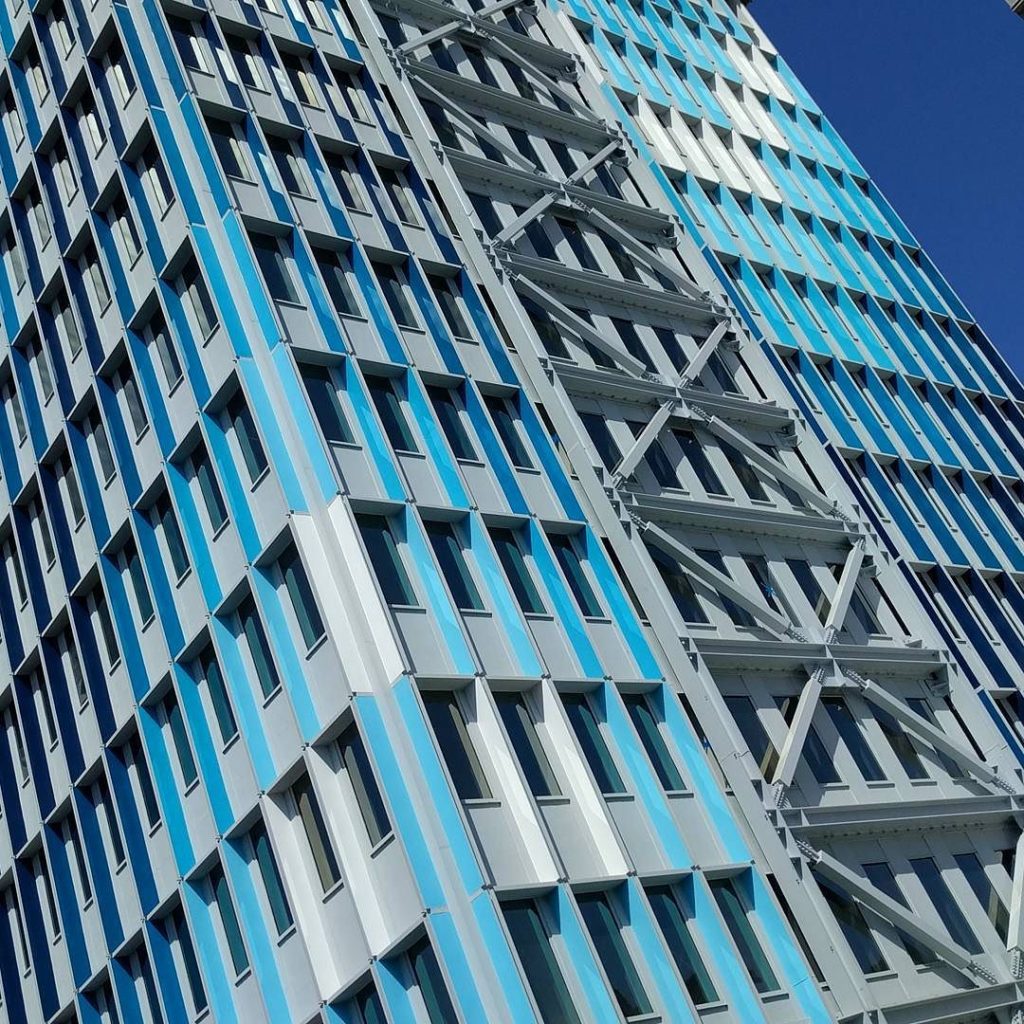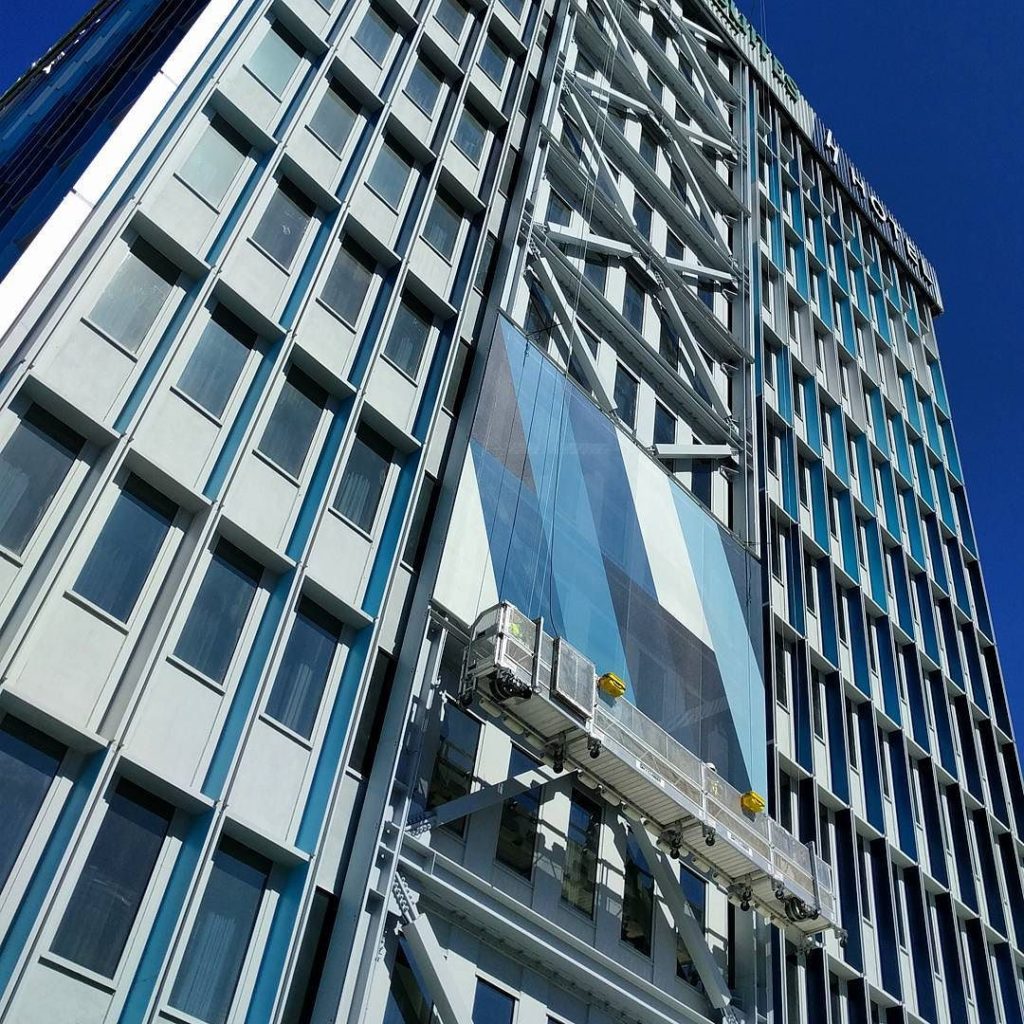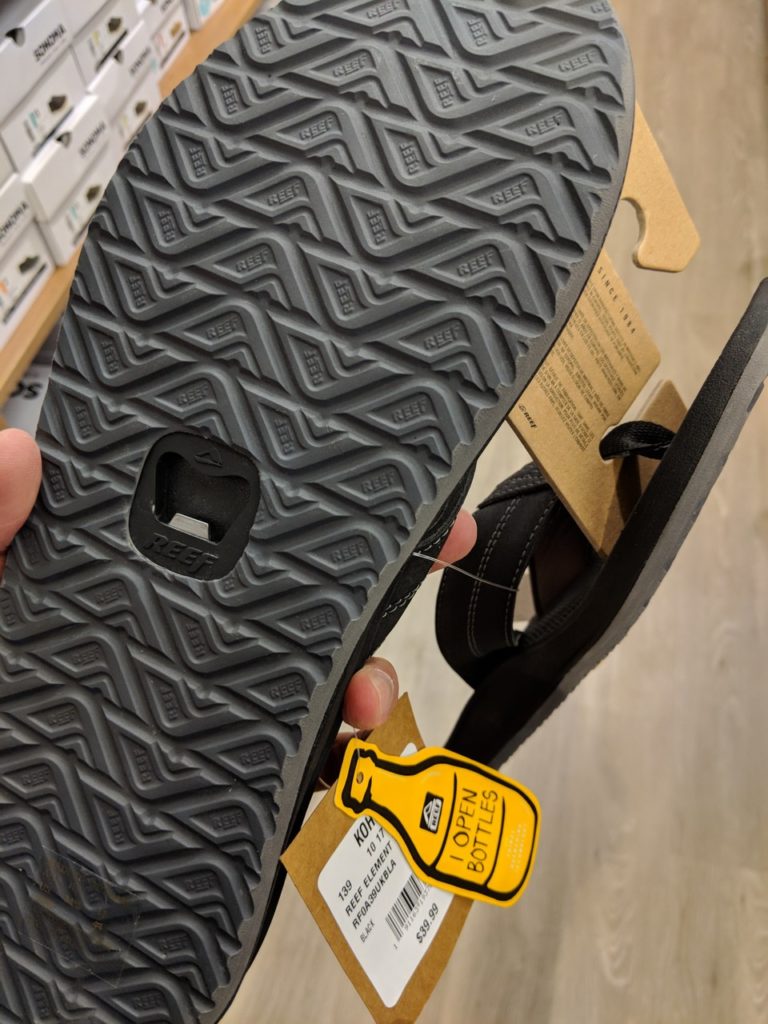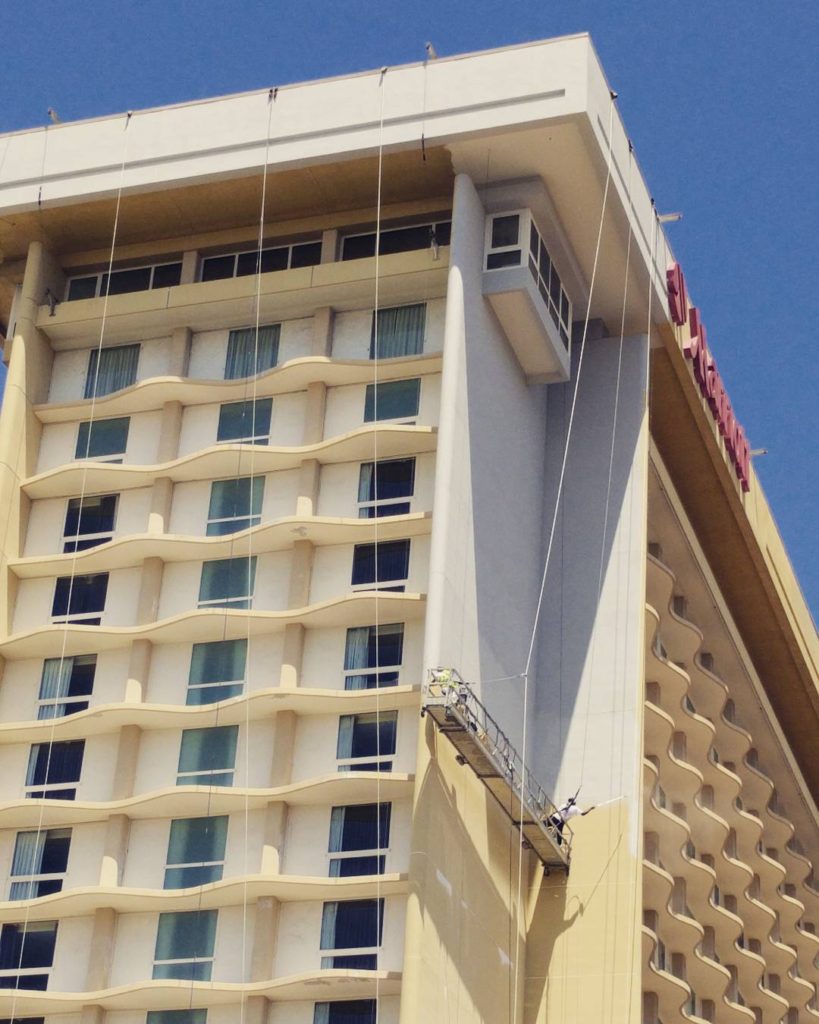
Adding a splash of color to Brutalist design, in the final stages of converting an office building near LAX to a hotel. Believe it or not, the bolted-on cross pieces are new. I can’t imagine they’re aesthetic, which makes me wonder if it’s some sort of earthquake retrofitting and they’re making the best of it.
It’s an interesting approach, but it still looks way more institutional than inviting, IMO.
Update: It turns out the scaffolding is being used to hang a full-height geometric design. I’m still not convinced it didn’t start as some sort of seismic retrofit, but it will at least look a little more inviting once they’re done.

These are all on three different days, incidentally, which is why you can’t see the first square on the left side in the middle photo.

Update: This LA Times article on what to do in an earthquake may be relevant. In most cases, you want to drop, cover, and hold — don’t run outside, since you’re more likely to be hit by something falling off a building than crushed in a collapse. But “brittle concrete buildings” are more likely to collapse than other types.
The city of Los Angeles in 2015 passed a law requiring those buildings to be retrofitted, but gave owners a 25-year deadline to do it once they are given an order to seismically evaluate the building. The city is still working on preparing its list.
Hmmm….






